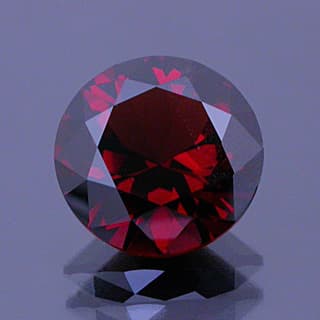The Spectroscope
The spectroscope is a fundamental gemological tool. Learn how to use it to identify gemstones based on their absorption of different wavelengths of light.
14 Minute Read
The spectroscope is also a great asset for examining rough gems, when getting RI readings is difficult, and detecting some treatments. In some cases, only a spectroscope can detect if a gem’s color is natural, dyed, or irradiated.
As with all the other instruments in your gemology lab, practice makes mastery. The more you use your spectroscope, the more you’ll learn to see. Soon, you’ll find yourself conducting tests quickly and easily.
What Does a Spectroscope Show?
Selective Absorption
Natural, white light contains all the hues of the rainbow. Colored gemstones absorb some of the light that passes through them or reflect it from their surface. This process is called selective absorption.
A spectroscope will show you the wavelengths of light emitted, or reflected, from a gem. The absorbed wavelengths of light, on the other hand, will appear as a darker shade of color or black. Since some absorption patterns are distinctive, they prove useful for gem identification.
Light Measurements
When using a spectroscope, we need to define light wavelengths in precise units.
In the mid 1800s, Anders Jonas Ångström, a Swedish pioneer in physics, developed the…
Donald Clark, CSM IMG
Related Articles
Product Review, Gem Lab Refractometer
Recommended Diamond Grading Tools for Novices
Ruby and Sapphire Grading Tools
Refractometer Guide, Part 3: Determining Optic Character and Recognizing Optic Effects
Never Stop Learning
When you join the IGS community, you get trusted diamond & gemstone information when you need it.
Get Gemology Insights
Get started with the International Gem Society’s free guide to gemstone identification. Join our weekly newsletter & get a free copy of the Gem ID Checklist!
